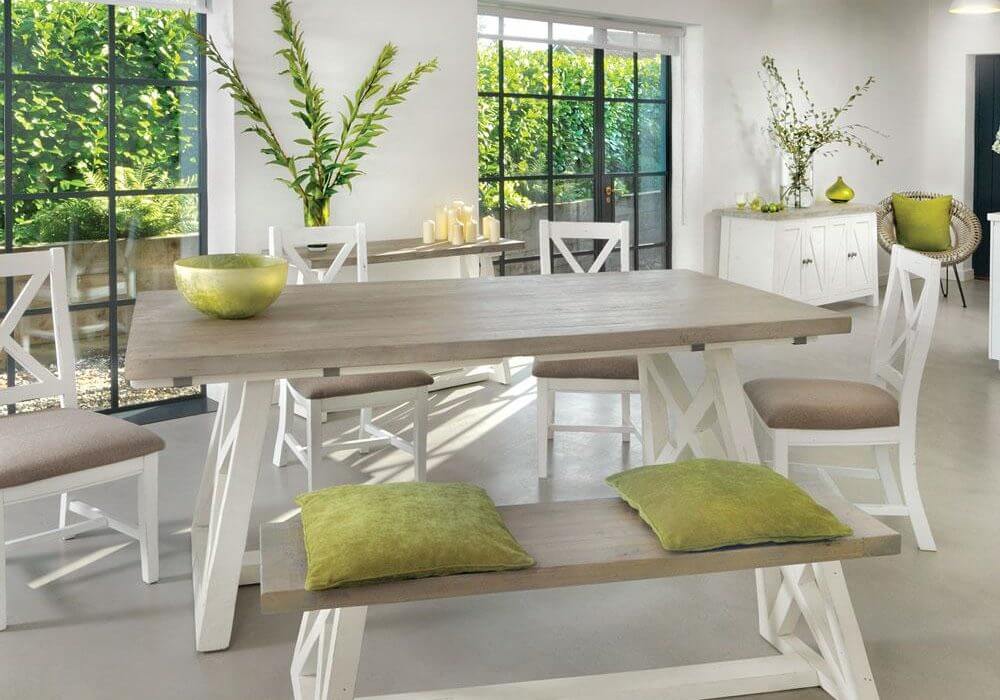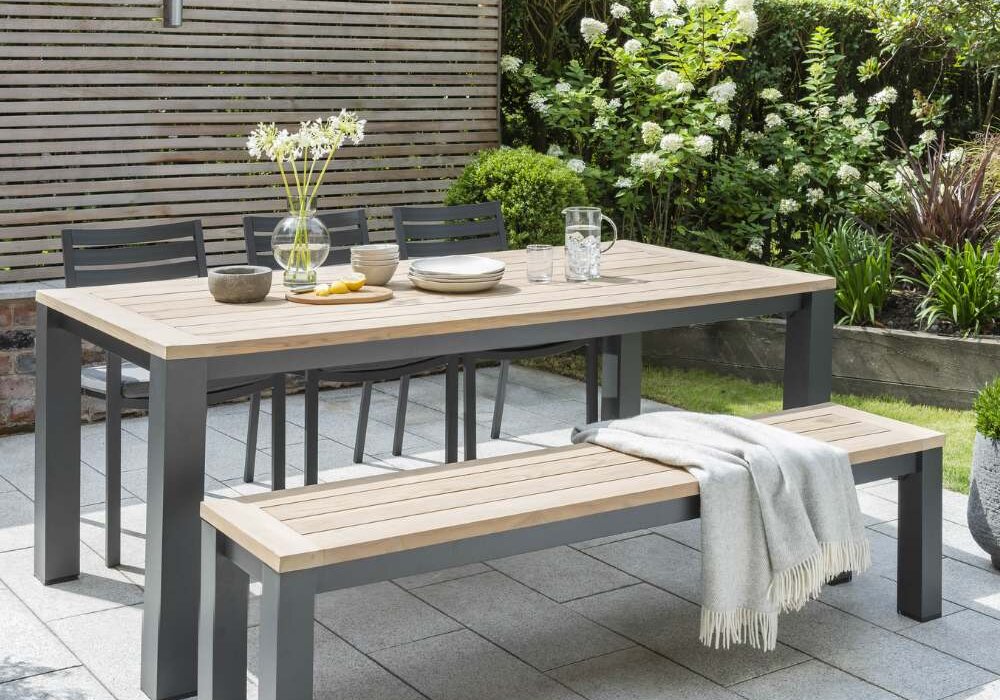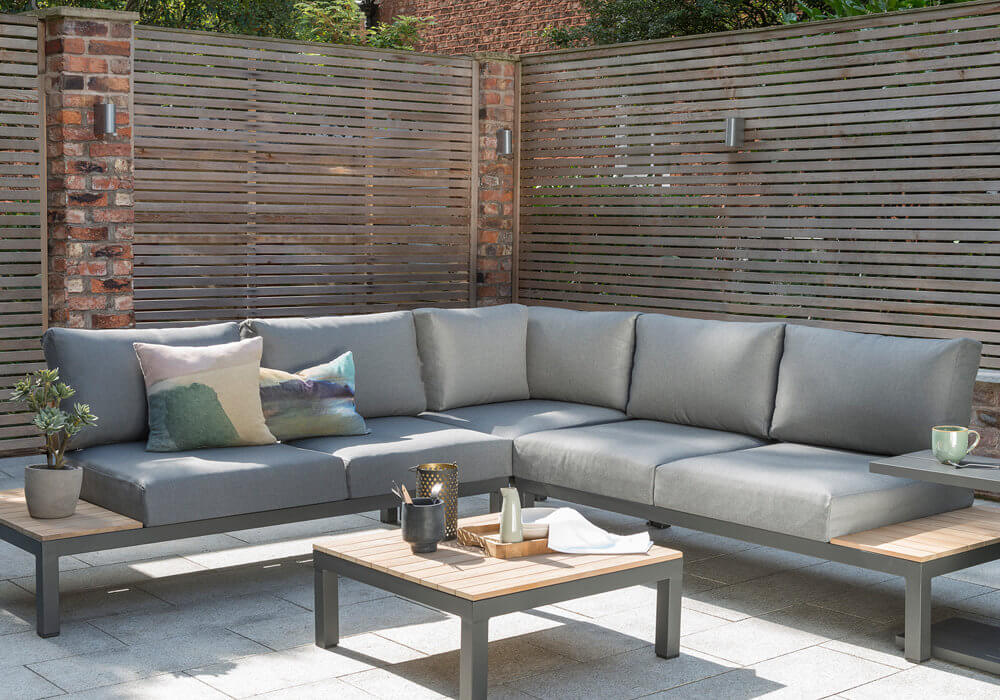Reclaimed pine can make an excellent feature of furniture within any home. However many of us can be unsure as to what reclaimed wood/pine actually is – that is why we have taken the time to describe what reclaimed pine is, where it comes from and also their pros and cons…
What Is Reclaimed Pine?
Reclaimed Wood (including pine) is existing wood that has been recycled and reused to meet today’s ever-growing need for sustainable and eco-friendly homes. However, it is important to remember that reclaimed wood should not be confused with salvaged wood, which has been cut and stored for several years but not used for any form of construction.
Reclaimed Pine Furniture is perfect if you are looking for an eco-friendly source of furniture or you just love the warm and rustic look of recycled wood, buying reclaimed furniture should be an informed decision. Perhaps you are looking for a pine dining table to be the centrepiece of your dining area or beautiful pine dining chairs – to give a more rustic feel to a modern home. Reclaimed pine can provide many innovative ways to make your home feel more cosy and homely.
Where Does Reclaimed Pine Come From?
Most reclaimed lumber comes from timbers and decking rescued from old barns, factories and warehouses, although some companies use wood from less traditional structures such as boxcars, coal mines and wine barrels.
Today’s century-old reclaimed wood emerges from a time when wood was in abundance, both in North America and Europe, and was used as a principal building material. As the industrial revolution took hold sawmills were often the core of many towns, providing employment and a plentiful supply of wood.
Pros Of Reclaimed Pine
Environmentally Friendly – If harvested responsibly, reclaimed wood is a renewable resource that reduces landfill waste as well as the use of environmental hazards to manufacture new products. Reclaiming wood also helps to combat deforestation.
Quality & Strength – The reason reclaimed wooden flooring is stronger and will last longer than flooring produced from newer timber, is because the older wood is less likely to split. This is because it has been exposed to hot and cold atmospheres for so long that it’s already done all the expanding and contracting it’s ever going to do. In other words, it’s already dried out and won’t do so any further. It has already stood the test of time.
Added character – Reclaimed pine has a story that adds to the appeal of your finished project. Sources of the reclaimed material can include old barns, ships, crates, decommissioned buildings, schools, homes, railroads, pallets and more.
Cons Of Reclaimed Pine
Expensive – Reclaimed wood may be more expensive than virgin wood because of the process it undergoes. A dealer sorts and prepares the wood so it’s safe for consumer use, and often there is a lot of nail pulling and extra work involved over using virgin lumber. If you have experience handling lumber, you can mitigate this cost in some cases by deconstructing wood products yourself.
Toxins – Companies may treat (or may in the past treated) lumber with chemicals and paint, which can contain volatile organic compounds, adhesives, preservatives, insecticides or lead. If you’re sourcing reclaimed wood on your own, test the lumber for toxins. Also, by learning about the wood’s past life, you may be able to gather information about any treatments it has undergone.
Pests – Many pests like to make their homes in wood. Before purchasing reclaimed lumber or deconstructing an item to get your own wood, inspect it for signs of an infestation. Signs can include asymmetrical holes in the lumber, the presence of bugs, or wood that crumbles when you touch it. In any case, if you are using reclaimed wood as a building material, it should be kiln-dried to ensure invasive pests are killed.










